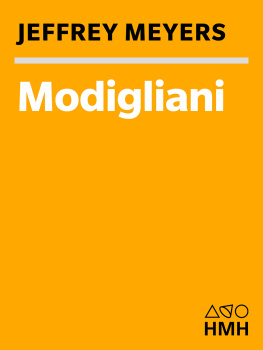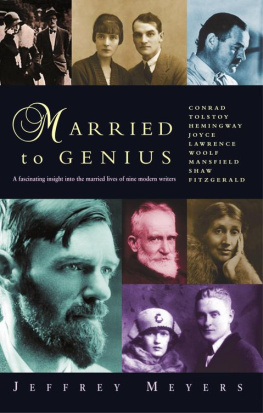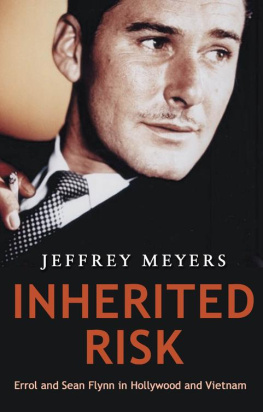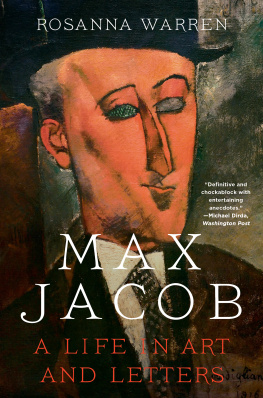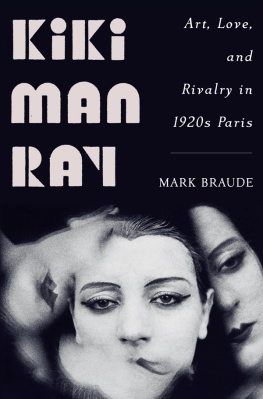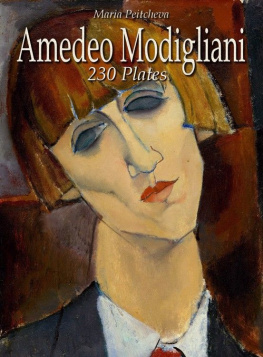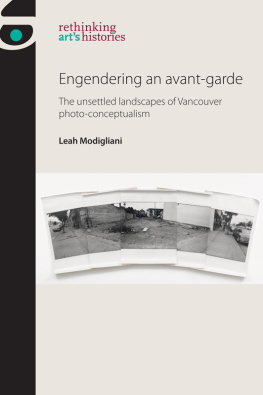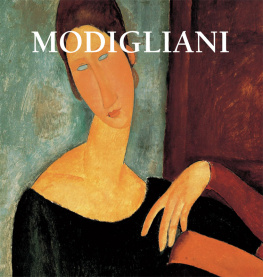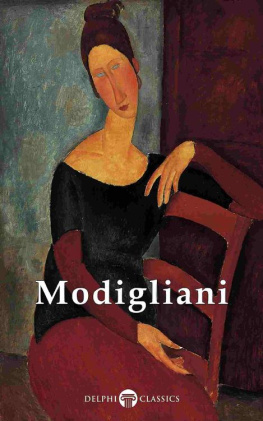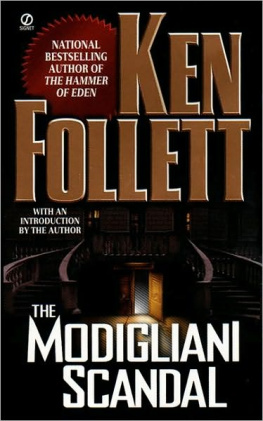Copyright 2006 by Jeffrey Meyers
All rights reserved. No part of this publication may be reproduced or transmitted in any form or by any means, electronic or mechanical, including photocopy, recording, or any information storage and retrieval system, without permission in writing from the publisher.
For information about permission to reproduce selections from this book, write to Permissions, Houghton Mifflin Harcourt Publishing Company, 215 Park Avenue South, New York, New York 10003.
www.hmhco.com
The Library of Congress has cataloged the print edition as follows:
Meyers, Jeffrey.
Modigliani: a life/Jeffrey Meyers.1st ed.
p. cm.
Includes bibliographical references and index.
1. Modigliani, Amedeo, 18841920.
2. PaintersItalyBiography. I. Title.
ND623.M67M49 2006
759.5dc22 2005026180
ISBN -13: 978-0-15-101178-0 ISBN -10: 0-15-101178-8
e ISBN 978-0-544-39121-5
v1.0714
For Marvin Eisenberg
Acknowledgments
I AM PLEASED to acknowledge the help I received from friends, colleagues, museums and libraries while writing this book. I am grateful to Robert Alter, Dr. Michael Aminoff, Elena Balashova, Miriam Cendrars, Alex Colville, Nora Crook, Joseph Frank, Stephen Gray, Mason Klein, Christian Kopff, Julie Martin, Serena Modigliani, Philip Pearlstein, Mark Polizzotti, Bin Ramke, Rene Sichel Wagenseil and especially Kenneth Wayne.
I had useful information on Modigliani from Art Resource (Jennifer Belt), the Centre dEtudes Blaise Cendrars (Berne), the Fattori Museum in Livorno, the Courtauld Institute of Art and the Tate Gallery (Sue Breakell) in London, the Museum of Modern Art in New York; the libraries at the University of California, Berkeley, and Stanford University; on Beatrice Hastings from the National Library of South Africa in Cape Town, the National English Literary Museum in Grahamstown, the Port Elizabeth Public Library and the University of Port Elizabeth; and on Simone Thiroux from Carolyn Hillman, Ann Kitz, Marian Smith, the Art Gallery of Ontario, Laval University and the University of Montreal.
I have used English translations of Latin, Italian, French, Spanish and German sources when available; otherwise the translations are mine.
As always, my wife, Valerie Meyers, helped with the research, read and improved each chapter, and compiled the index.
Preface
M ODIGLIANI: A L IFE moves from the bande Manet, the subject of my previous book, Impressionist Quartet: The Intimate Genius of Manet and Morisot, Degas and Cassatt, to the bande Picasso; from the story of four Parisian painters born in the 1830s and 1840s, to one born in Livorno, Italy, in 1884. Modigliani settled permanently in Paris in 1906 and died there, tragically, at the age of thirty-five. He remained outside the art movements of the early twentieth centuryCubism, Fauvism, Futurismand became the greatest Italian painter since Tiepolo. A commercial and critical failure in his lifetime, his work seems now the most accessible and appealing of the modern era. There have been three major exhibitions of his art in the last few years. The publics appetite for his original and distinctive work has continued to grow, but the details of his dramatic life and tormented character remain largely unknown.
This book illuminates Modiglianis Jewish-Italian background and temperament; his intellectual influences: Rimbaud, Lautramont, Nietzsche and DAnnunzio; his artistic heritage: the classical tradition of the nude from Botticelli to Manet; his intense friendships with the writers and painters who came from all over Europe to create the most stimulating artistic milieu of the twentieth century; his relations with the most important women in his life: the Russian poet Anna Akhmatova, the South African feminist Beatrice Hastings, the French-Canadian Simone Thiroux and the self-sacrificial young Parisian Jeanne Hbuterne; his addiction to drink and drugs: to absinthe, ether and hashish; the reasons for his self-destructive impulse; the lifelong tuberculosis that finally killed him; the meaning of his poetry; the significance of his innovative sculpture, portraits and nudes; and his posthumous legend.
I have tried to bring Modiglianis friends to life by describing the background, appearance, character and art of the impressive cast of artists and writers that surrounded him: Max Jacob, Pablo Picasso, Maurice Utrillo, Constantin Brancusi, Jacob Epstein, Jacques Lipchitz, Jules Pascin, Mose Kisling, Chaim Soutine, Diego Rivera, Jean Cocteau and Blaise Cendrars. I also explain the nature of their friendships with Modigliani, and show how he expressed his feelings about them, and revealed their characters, in his portraits.
Modiglianis life was marked by sudden and quite radical changes: from health to sickness, Italy to France, bourgeois to Bohemian, sober and clear-minded to drunk and drugged, sculpture to portraits and nudes. In Paris he moved from one squalid tenement to another; frequently changed patrons, shifting from Paul Alexandre to Paul Guillaume to Lopold Zborowski; and moved restlessly, often violently, from Anna and Beatrice to Simone and Jeanne. This biography aims to capture the protean artist, and show how his alluring and strangely tranquil art grew, paradoxically, out of a reckless and convulsive life.
There is no excellent beauty that hath not some strangeness in the proportion.
Francis Bacon, Of Beauty (1597)
One
Livorno Childhood,
18841899
I
A MEDEO M ODIGLIANI , full of talent and ambition, arrived in France from his native Italy in his early twenties. Stimulated by the artistic ferment of Paris, he spent the rest of his short life there. But his mind and character were rooted in his Jewish and Italian heritage, and whenever he was at a low point he dreamed of going home. As he lay dying in a charity hospital, his last thoughts were of Italy.
Modigliani came from the city of Livorno, the Tuscan port between Genoa and Rome, which had a unique place in the history of Italy. The Duchy of Florence bought the original fortress from Genoa in 1421 after the silting up of the Arno and consequent decay of the port of Pisa, and during the next century Livorno prospered under the rule of the Medicis. In the twenty-two-year reign of Ferdinando I, who became Duke of Tuscany in 1587, Livorno was rapidly transformed from an insignificant fishing village into a great international port. Ferdinando was the son of Eleanora di Toledo (the subject of a Bronzino portrait). Though he never took holy orders, he became a nominal cardinal at the age of fourteen. A powerful leader, he strengthened the Tuscan navy, defeated the Barbary pirates off the coast of North Africa, crushed the Turks and took lavish spoils. In Livorno, the colossal statue Monumento dei Quattro Mori celebrates Ferdinandos victories over the infidels and portrays him with four huge Moorish slaves supine at his feet.
Ferdinando also built the famous Villa Medici in Rome (later the home of the French Academy and of the Prix de Rome) and bought many priceless paintings and statues. He was a munificent patron of the arts, and created one of the most decorative and artistically vibrant courts in Europe. An English historian praised Ferdinandos achievements and wrote that though extravagant and ostentatious, he immediately displayed a sincere concern for the well-being of Florence. His benign, efficient rule reduced corruption, stabilized the economy, encouraged farming, revived trade and strengthened the fleet. He developed Livorno, the masterpiece of the Medicean dynasty, and filled it with new citizens from all over Europe.
Ferdinando was a commercially shrewd as well as an exceptionally enlightened and progressive ruler. By the charter of July 10, 1593, he declared Livorno a free port, exempt from all financial restrictions and beyond the customs frontier of the dukedom. He also created a refuge for all the oppressed people of Europe: Armenians and Orthodox Greeks from Turkey, Catholics from England, Huguenots from France, Mahometan Moors from Christian Spain, Christian Moors from Mahometan Barbary, Corsicans loathing the Genoese yoke, Flemings fleeing before [the Spanish Duke of] Alva, andabove allJews.
Next page
